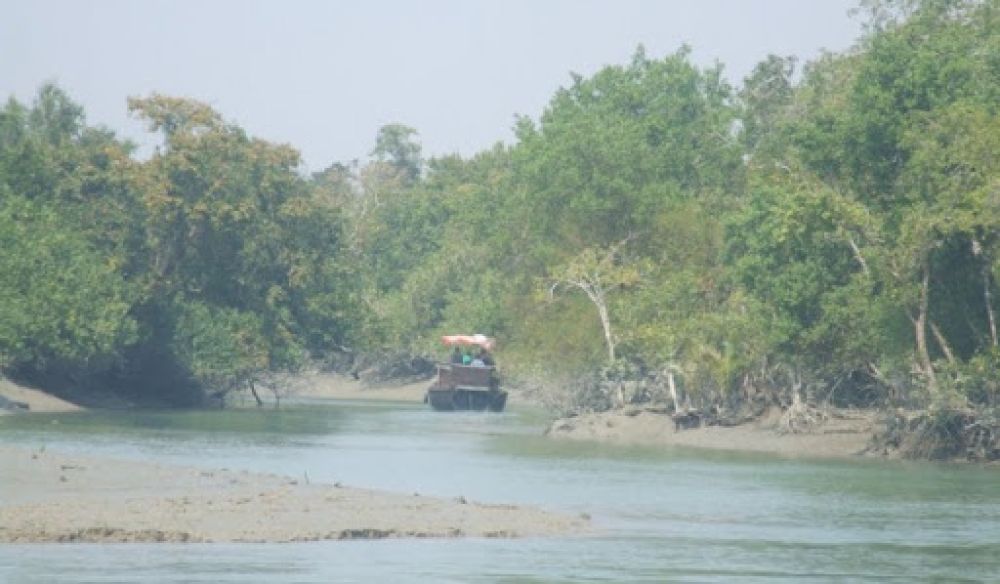

The history of tourism in Kuakata, particularly regarding Fatrar Char (also known as Fatrar Island), is relatively recent. Kuakata itself is renowned for its panoramic sea beach that offers a unique view of both sunrise and sunset over the Bay of Bengal. Traditionally, the area was visited by local pilgrims who came to participate in Hindu and Buddhist festivals. The indigenous Rakhine people, who have lived in the region for hundreds of years, initially gained exposure to visitors during these religious events.
In recent decades, Fatrar Char has emerged as an attractive spot for tourists seeking tranquility away from the more crowded areas of Kuakata. This island, formed by the accumulation of river sediment, is well-known for its pristine environment and is part of the larger Sundarbans ecosystem. It wasn't until the late 20th century that Fatrar Char began to be recognized as a potential tourist destination.
Tourism development was slow due to the remote location and lack of infrastructure. However, the pristine natural beauty of Fatrar Char gradually caught the attention of adventurous travelers. Efforts were made to improve accessibility and facilities which have somewhat increased the number of visitors.
In recent years, there has been an emphasis on eco-tourism and sustainable travel experiences. Tour operators and local authorities are working together to promote Fatrar Char as an eco-friendly destination where tourists can enjoy the beauty of the region without causing harm to the environment.
Currently, tourists can visit Fatrar Char by boat, a trip that not only grants them the opportunity to discover the island but also to observe the diverse marine and birdlife. There is also an increasing trend in cultural tourism, with visitors keen to learn about the lifestyle of the local Rakhine community.
The Bangladeshi government and private sector have recently taken a strong interest in developing the region further while preserving its natural and cultural resources. This includes improving accommodation options, ensuring basic amenities for visitors, and promoting local handicrafts and cultural events.
The future of tourism in Fatrar Char looks promising, with plans to balance development with conservation. By fostering a responsible tourism model, there is hope that Fatrar Char will become a prime example of sustainable tourism in Bangladesh, attracting even more visitors while maintaining its unspoiled charm and biodiversity.